Gallery: International Exchanges, Tate St Ives | reviews, news & interviews
Gallery: International Exchanges, Tate St Ives
Gallery: International Exchanges, Tate St Ives
Connections explored in an exhibition that takes a fresh look at the St Ives group
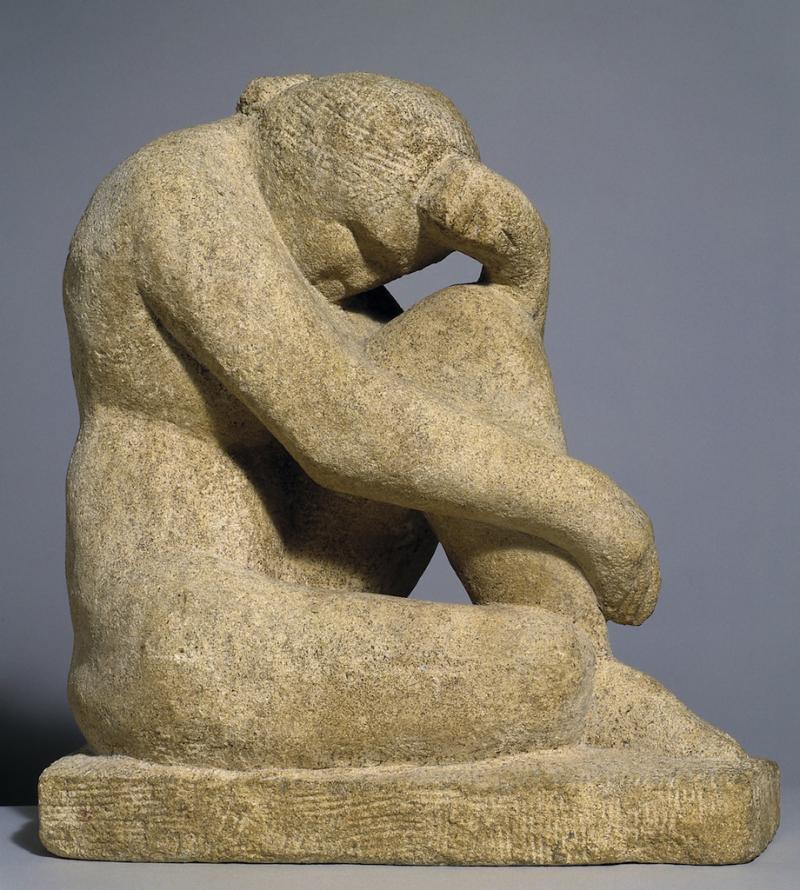
This summer, Tate St Ives turned 21. And this makes it as good a time as any for an exhibition repositioning the artists who were associated with St Ives, the small harbour town in Cornwall, where you'll find the gallery on the sea front at Porthmeor Beach.
These artists, who moved to St Ives in the late Thirties and who included Barbara Hepworth, Ben Nicholson, Bernard Leach, and Peter Lanyon, were, in terms of ideas and idioms exchanged, part of a wider international community of artists in both Europe and America (Leach, the celebrated ceramicist, spread his net further, having lived and trained in Japan). Much later, in 1959, Mark Rothko visited nearby Somerset, albeit briefly, as a guest of William Scott, and met Lanyon and painter John Wells, who was also part of the thriving St Ives community. We see Rothko's clear influence on Scott, who soon adopted purely abstract motifs – his lozenge shapes are reminiscent of Rothko's blurry “multiform” horizontal bars.
However, Patrick Heron, a younger St Ives artist, has argued persuasively that such influences clearly worked the other way too, and since St Ives artists regularly exhibited in New York this view certainly paints a different picture to that of English provincialism. Then again, with the Russian constructivist Naum Gabo having also followed Hepworth and co to St Ives, we clearly see his influence as a powerful one with little that was apparently reciprocated. We see also how the French, London-based "primitivist' Henri Gaudier-Brzeska (see main picture) along with the Romanian-born Contantin Brancusi, had earlier revitalised direct carving. The exhibition follows these two strands of modern art: one the utopian ideals of constructivism, the other a tradition of carving, and of handmade craft.
The avant-garde community of St Ives was a fluid one, and embraced by younger generations of artists. Below is a gallery of work by artists who were part of it, those who were influential to it, and those responsive to its impact. The exhibition presents a compelling and intricate network of such connections.
Click on an image to enter the gallery below:
Explore topics
Share this article
The future of Arts Journalism
You can stop theartsdesk.com closing!
We urgently need financing to survive. Our fundraising drive has thus far raised £49,000 but we need to reach £100,000 or we will be forced to close. Please contribute here: https://gofund.me/c3f6033d
And if you can forward this information to anyone who might assist, we’d be grateful.

Subscribe to theartsdesk.com
Thank you for continuing to read our work on theartsdesk.com. For unlimited access to every article in its entirety, including our archive of more than 15,000 pieces, we're asking for £5 per month or £40 per year. We feel it's a very good deal, and hope you do too.
To take a subscription now simply click here.
And if you're looking for that extra gift for a friend or family member, why not treat them to a theartsdesk.com gift subscription?
more Visual arts
 'We are bowled over!' Thank you for your messages of love and support
Much-appreciated words of commendation from readers and the cultural community
'We are bowled over!' Thank you for your messages of love and support
Much-appreciated words of commendation from readers and the cultural community
 Folkestone Triennial 2025 - landscape, seascape, art lovers' escape
Locally rooted festival brings home many but not all global concerns
Folkestone Triennial 2025 - landscape, seascape, art lovers' escape
Locally rooted festival brings home many but not all global concerns
 Sir Brian Clarke (1953-2025) - a personal tribute
Remembering an artist with a gift for the transcendent
Sir Brian Clarke (1953-2025) - a personal tribute
Remembering an artist with a gift for the transcendent
 Emily Kam Kngwarray, Tate Modern review - glimpses of another world
Pictures that are an affirmation of belonging
Emily Kam Kngwarray, Tate Modern review - glimpses of another world
Pictures that are an affirmation of belonging
 Kiefer / Van Gogh, Royal Academy review - a pairing of opposites
Small scale intensity meets large scale melodrama
Kiefer / Van Gogh, Royal Academy review - a pairing of opposites
Small scale intensity meets large scale melodrama
 Jenny Saville: The Anatomy of Painting, National Portrait Gallery review - a protégé losing her way
A brilliant painter in search of a worthwhile subject
Jenny Saville: The Anatomy of Painting, National Portrait Gallery review - a protégé losing her way
A brilliant painter in search of a worthwhile subject
 Abstract Erotic, Courtauld Gallery review - sculpture that is sensuous, funny and subversive
Testing the boundaries of good taste, and winning
Abstract Erotic, Courtauld Gallery review - sculpture that is sensuous, funny and subversive
Testing the boundaries of good taste, and winning
 Edward Burra, Tate Britain review - watercolour made mainstream
Social satire with a nasty bite
Edward Burra, Tate Britain review - watercolour made mainstream
Social satire with a nasty bite
 Ithell Colquhoun, Tate Britain review - revelations of a weird and wonderful world
Emanations from the unconscious
Ithell Colquhoun, Tate Britain review - revelations of a weird and wonderful world
Emanations from the unconscious
 Rachel Jones: Gated Canyons, Dulwich Picture Gallery review - teeth with a real bite
Mouths have never looked so good
Rachel Jones: Gated Canyons, Dulwich Picture Gallery review - teeth with a real bite
Mouths have never looked so good
 Yoshitomo Nara, Hayward Gallery review - sickeningly cute kids
How to make millions out of kitsch
Yoshitomo Nara, Hayward Gallery review - sickeningly cute kids
How to make millions out of kitsch
 Hamad Butt: Apprehensions, Whitechapel Gallery review - cool, calm and potentially lethal
The YBA who didn’t have time to become a household name
Hamad Butt: Apprehensions, Whitechapel Gallery review - cool, calm and potentially lethal
The YBA who didn’t have time to become a household name

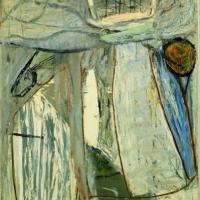
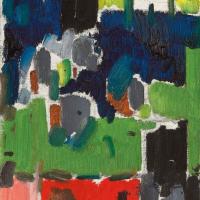
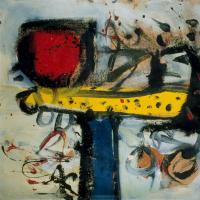
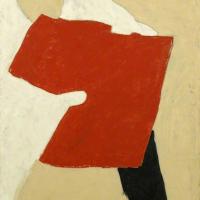
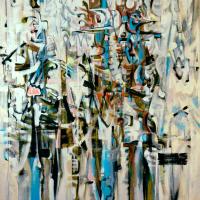
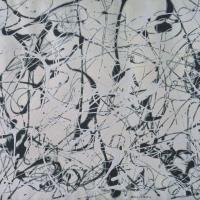
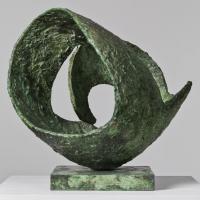



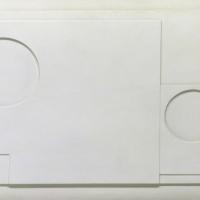
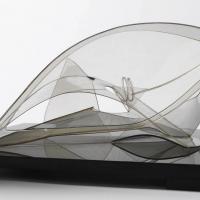
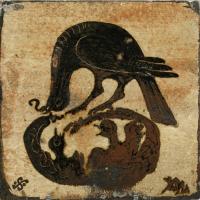
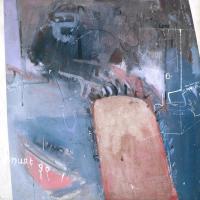

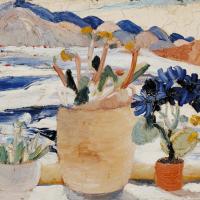
Add comment